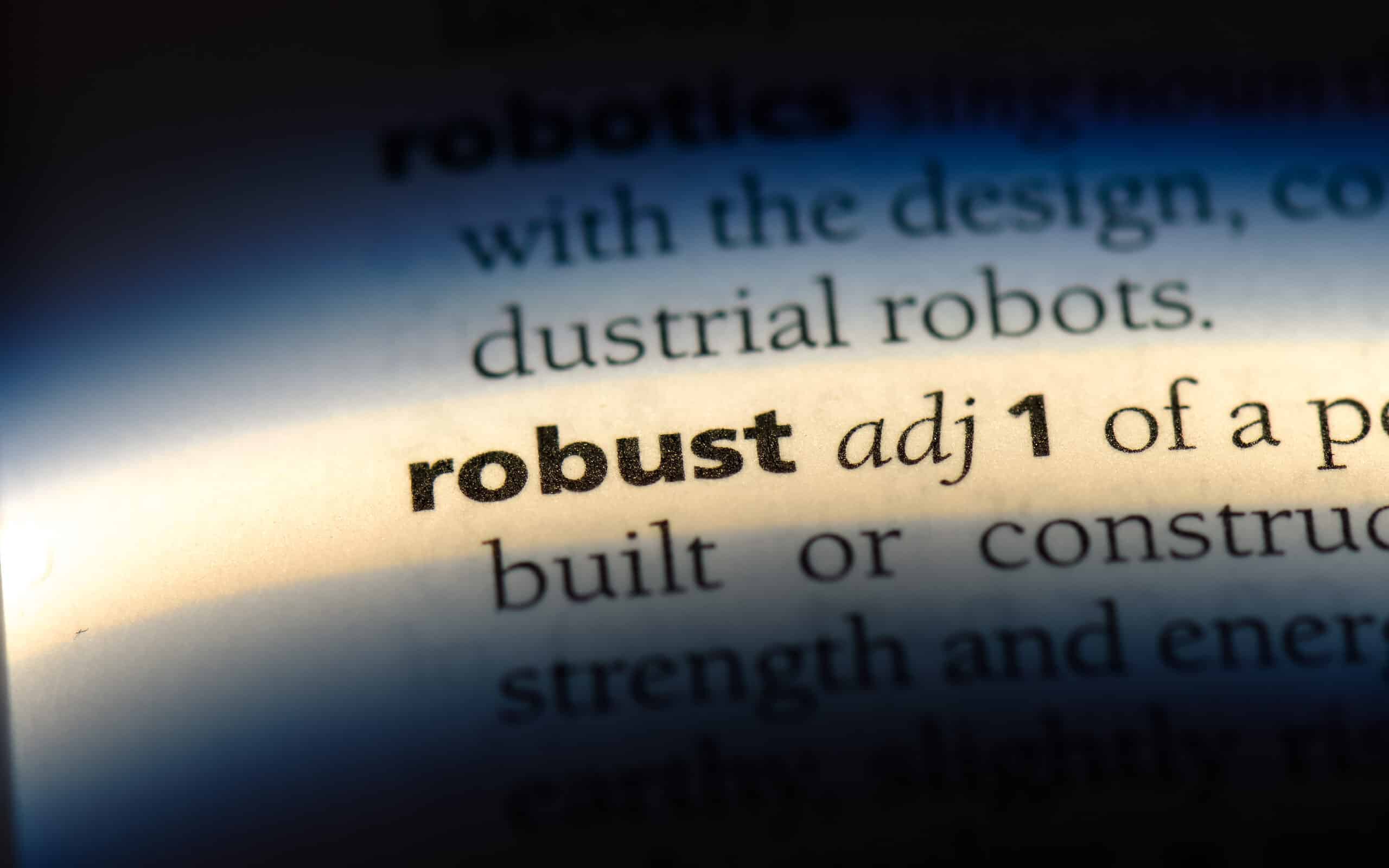
You want your processes to be able to still function well in the face of changes and variation. Let’s learn some more about how you can develop these robust processes.
A robust process refers to a well-designed and reliable process that consistently delivers the desired outcomes, even in the face of variations, uncertainties, or challenges. It is characterized by its ability to adapt, withstand disruptions, and consistently produce high-quality results.
Overview: What is a robust process?
Here are some key characteristics and considerations for developing a robust process:
- The process should have well-defined and measurable objectives that align with the overall goals of your organization or project.
- Robust processes often rely on standardized procedures and guidelines.
- Building redundancy into the process helps mitigate risks and disruptions.
- A robust process should be flexible enough to accommodate variations, changes, and evolving requirements.
- Regularly monitoring the process and measuring performance against key metrics allows for early detection of issues or deviations.
- Involving relevant stakeholders, such as process owners, team members, and end-users, in the design and improvement of the process promotes buy-in and ensures that diverse perspectives and expertise are considered.
- Documenting the process, including standard operating procedures, guidelines, and best practices, ensures that knowledge is captured and can be shared across the organization.
Encouraging a culture of continuous learning and continuous improvement within your organization is crucial for building and maintaining robust processes. This involves promoting innovation, providing opportunities for feedback and experimentation, and fostering a mindset of adaptability and resilience.
An industry example of a robust process
This example will explore the development of a robust process for technology development.
Discovery Phase:
- Conduct market research and gather customer feedback to identify market needs.
- Define product requirements, goals, and success criteria.
- Create a product roadmap and outline key milestones.
Design and Development Phase:
- Utilize an iterative approach to design product features and functionality.
- Conduct regular design reviews and collaborate with engineering teams for implementation.
- Perform rigorous testing and quality assurance to identify and resolve issues.
User Testing and Feedback Phase:
- Engage target users to conduct usability testing and gather feedback.
- Incorporate user feedback to refine and enhance the product design and features.
Product Launch:
- Develop marketing and sales strategies to create awareness and generate demand.
- Ensure seamless integration with other systems and provide comprehensive product documentation.
Post-Launch Evaluation:
- Monitor key metrics, including customer adoption, satisfaction, and revenue growth.
- Gather user feedback and conduct post-launch reviews to identify areas for improvement.
This example illustrates a robust product development process that incorporates clear objectives, standardization, risk management, collaboration, iteration, testing, monitoring, and knowledge management. By following this process, the company can consistently deliver high-quality products that meet customer needs and drive business success.
Frequently Asked Questions (FAQ) about a robust process
Here are some frequently asked questions about robust processes:
What are the benefits of having a robust process?
Some key benefits of having a robust process include:
- Consistent and reliable outcomes
- Reduced errors and rework
- Increased efficiency and productivity
- Better risk management and mitigation
- Improved customer satisfaction
- Adaptability to changing circumstances
- Enhanced organizational resilience
- Empowered and engaged team members
Can a process be too rigid to be robust?
Yes, a process can become too rigid to be robust. Overly strict processes may hinder adaptability and responsiveness to changes or unexpected situations. Finding the right balance between standardization and flexibility is crucial for achieving robustness.
How can risks and uncertainties be managed in a robust process?
Risks and uncertainties can be managed in a robust process through proactive identification and assessment of potential risks, developing contingency plans, implementing monitoring mechanisms, collecting, and analyzing data, and making informed decisions. A robust process anticipates and addresses potential risks to minimize their impact on outcomes.
How can feedback and continuous improvement contribute to process robustness?
Feedback and continuous improvement are integral to process robustness. Soliciting feedback from stakeholders, analyzing performance data, and actively seeking areas for improvement help identify weaknesses or bottlenecks in the process. Iterative refinements based on feedback and lessons learned contribute to a more robust and efficient process.